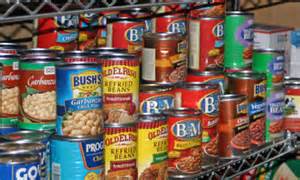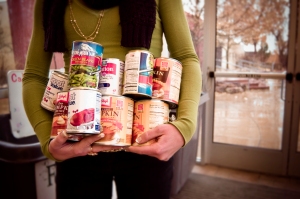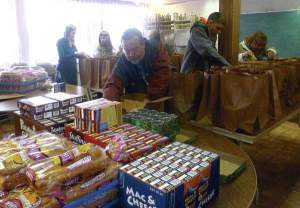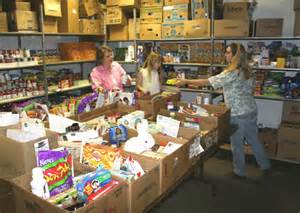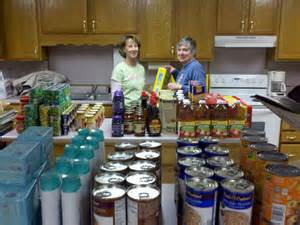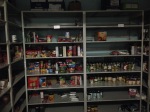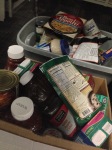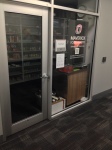In class, we decided to read a book called The Marketplace of Attention. It talks about how audiences take shape in the Digital Age. Webster describes the factors that create audiences, including the preferences and habits of media users, the role of social networks, the resources and strategies of media providers. He also explains the growing impact of media resources from ratings to user recommendations. He shows us our greatest hopes and fears of digital media.
Webster shows that public attention is at once diverse and concentrated. Users move across a variety of outlets and producing high levels of audience overlap. He questions whether or not our preferences our immune from media influence and describes how our encounters with media might change our tastes. Each chapter describes a certain aspect he talks about in digital media.
The chapter I was chose to talk about was constructing the marketplace of attention. I decided to talk about what open versus closed structures meant.
According to Marketplace of Attention, “Openness is a function of many things, including technology, institutional practices, and how people use those resources. Whereas the optimists see open structures allowing people to consume, create. And share a varied diet of media, the pessimists see closed structures filtering out discordant media encounters and balkanizing people into groups that are prone to various forms of social polarization.”
In a closed system, it may cause users to take multiple directions and even “spin out of control.” They are more lest likely to be open minded about certain things. This kind of mechanism is called “echo chambers” and “group polarization.”
Open systems encourage crosscutting encounters. This means when you don’t put a limit on what people can see, it is more likely going to be more interest in certain things people wouldn’t normally be interested.
This chapter also discussed things such as when someone tweets or shares something even if we don’t like it, we most likely will click on it. We click on these types of things because our friends posted them and they found it interesting. Most of the time the things we see on Facebook are shared. I know for a fact that I probably would not know much about certain things that are posted on Facebook. There are things that people post that in their opinion is important them. This causes you to be introduced to a verity of new things.
“A somewhat less obvious conceptualization of structures organizes them by their obtrusiveness. Obtrusive structures are apparent to users. As such, people can actively choose to use them or not. “(Webster p.132)
Obtrusive and Unobtrusive structures were also talked about in this chapter. It talked about how we have so many social media sites or websites in general that we don’t have to necessarily all use the same one. For example, some people use Netflix and some people would rather use Hulu to watch TV shows and movies. Hulu is more for television shows that are still going on so you can watch them without commercials. Netflix is more about less commercials and provides you with the option of watching movies.
“There is a growing body of research on a second generation “digital divide’ that finds some people are quite knowledgeable about the digital resources at their disposal and others are barely literate. A computer programmer might understand how search algorithms work and take their advice with a grain of salt. But many people are more naive or completely oblivious,” (Webster, p.133).
This chapter was very interesting seeing how users really interact and the effect that it has on digital media.
